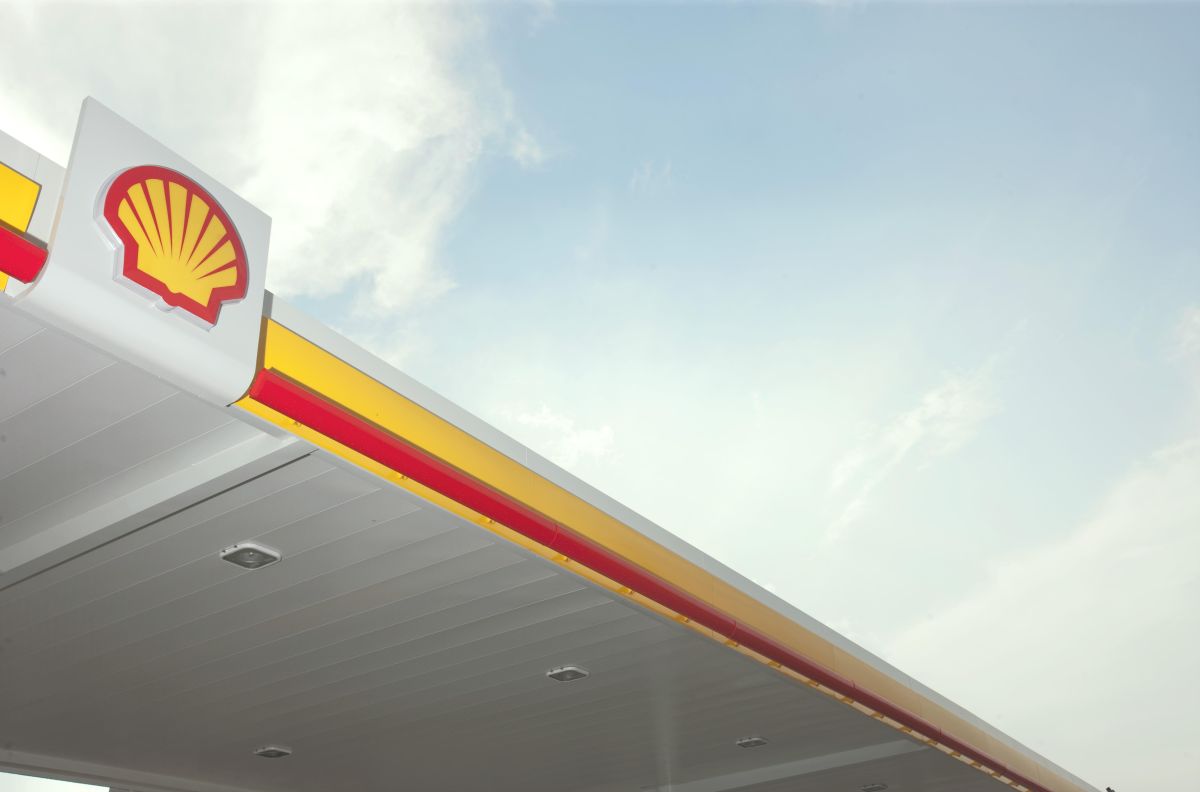Shell plans to divest 500 retail sites this year and another 500 next year, while expanding EV charging and convenience offers.
In its Energy Transition Strategy 2024 report, Shell said it is making the changes in its global retail network in response to changing customer needs.
Shell said it currently operates about 54,000 public charge points around the world. It aims to increase that number to 200,000 by 2030, focusing on markets where demand is increasing the most, like China and Europe.
The company is investing in public charging rather than home charging, because it believes public charging will be needed most by customers. In addition, Shell already has a competitive advantage in the size of its network of retail sites, which also offer conveniences like coffee and food while customers are charging their vehicles.
“As we grow our business offering charging for electric vehicles, we expect an internal rate of return of 12% or higher,” Shell said.
Sir Andrew Mackenzie, chair of Shell, said in his message at the opening of the report that the company’s aim to become a net-zero emissions business by 2050 is the heart of its strategy.
Shell is investing between $10 billion and $15 billion on low-carbon energy solutions between 2023 and the end of 2025. The company is also investing in oil and gas production with lower emissions so it can “provide energy today while helping to build the low-carbon energy system of the future.”
“As we work towards net zero, we are reducing emissions from our operations and energy products while becoming an increasingly successful organization,” Mackenzie said. “Our energy transition plans cover all our businesses: Integrated Gas, Upstream and Downstream, Renewables and Energy Solutions.”

















